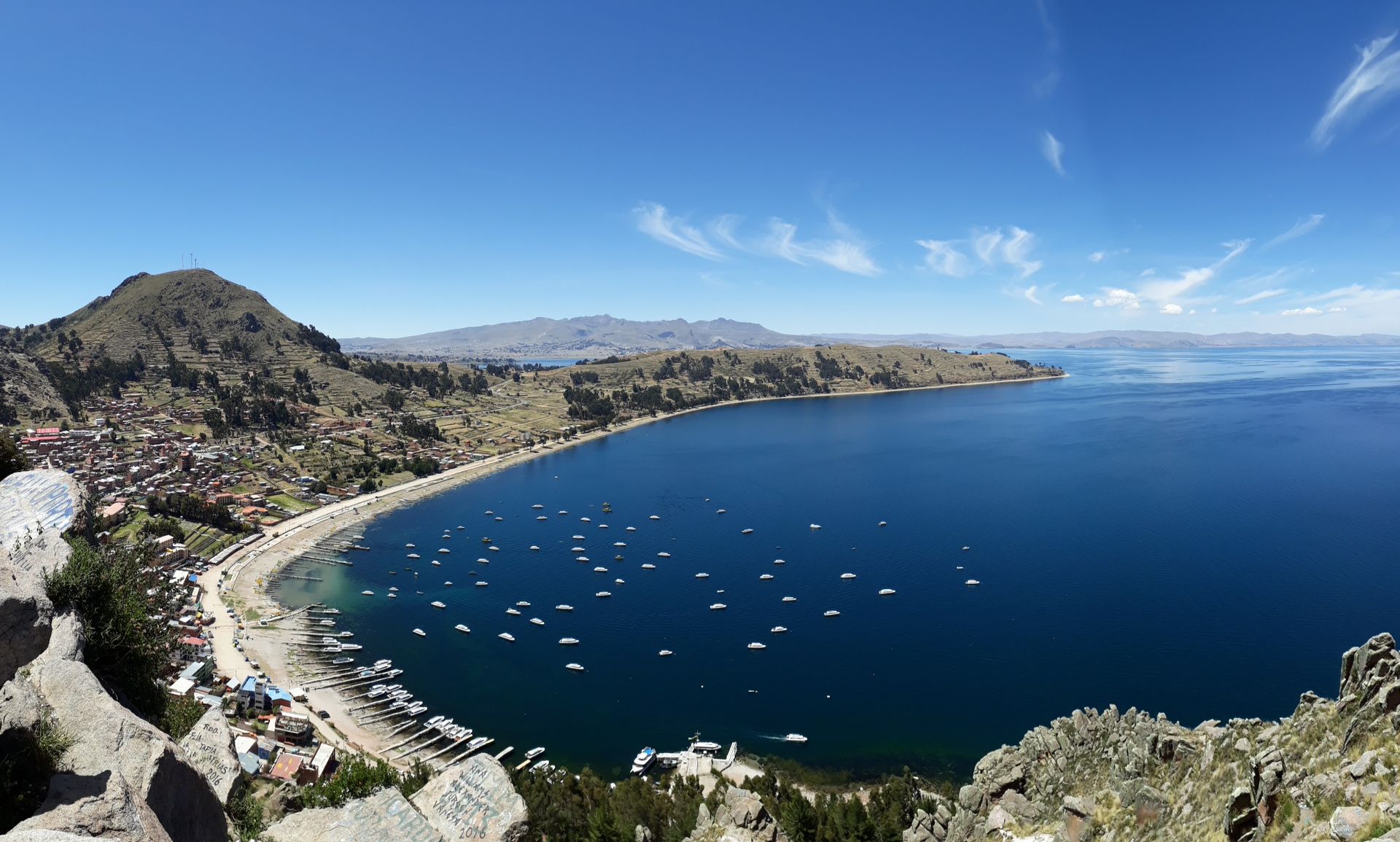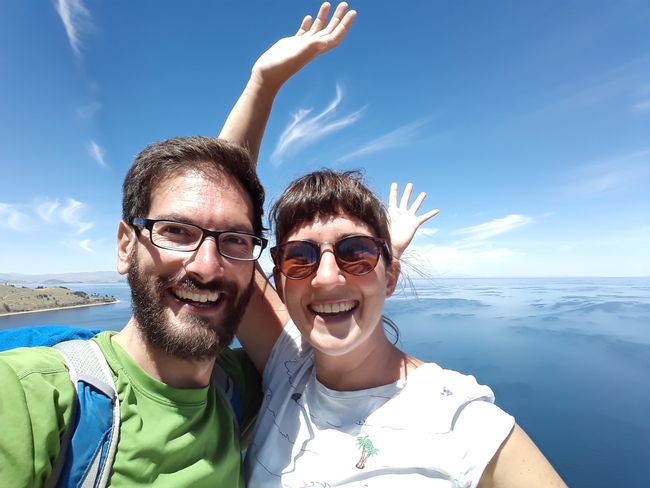Bolivia - Potosi, Sucre and Uyuni
ಪ್ರಕಟಿಸಲಾಗಿದೆ: 07.12.2017
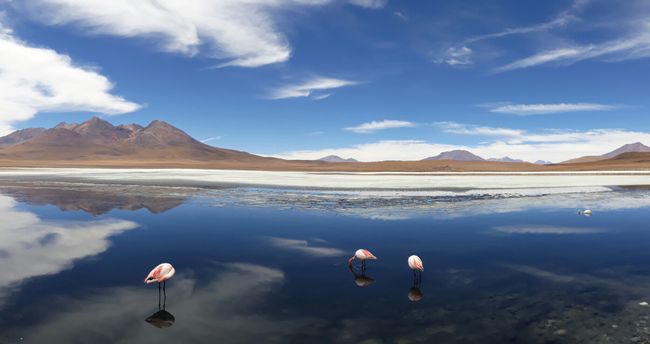
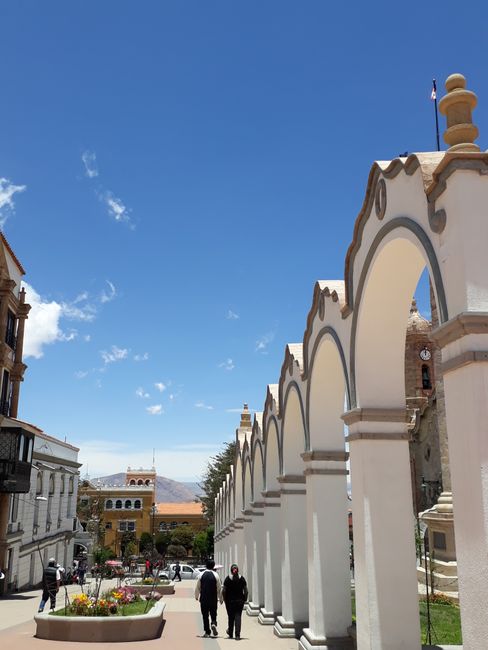
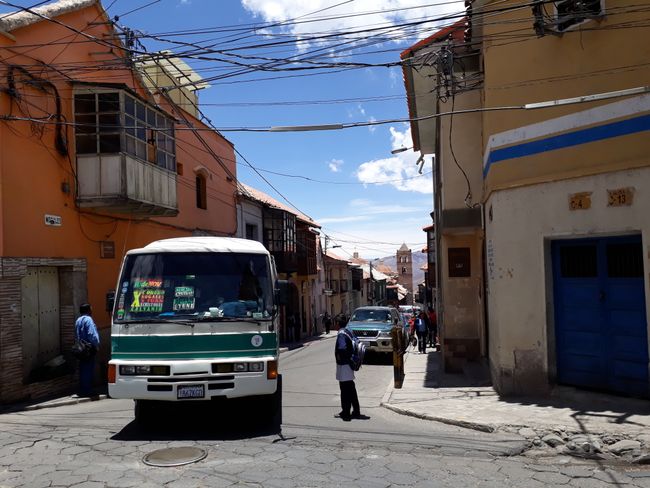
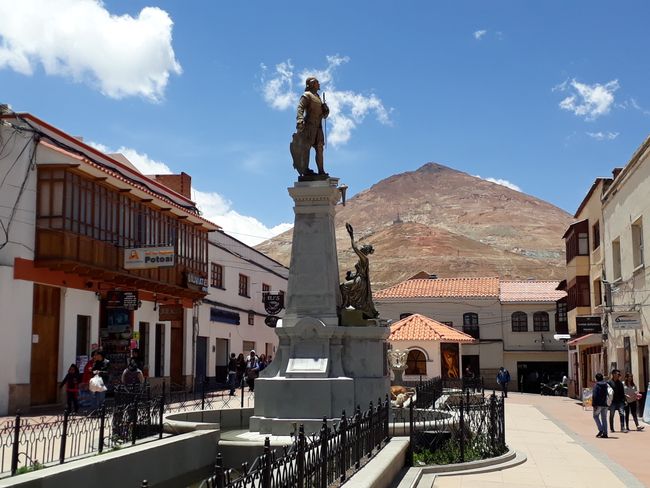
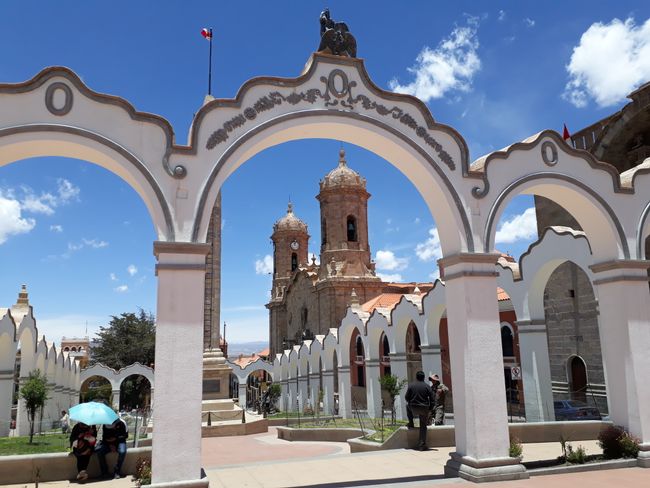
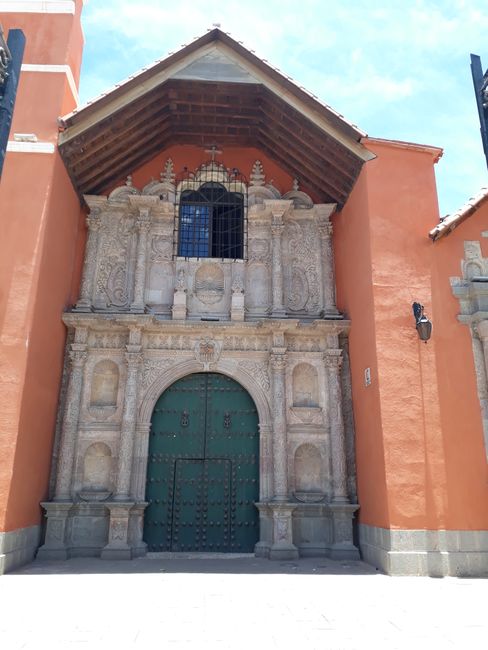
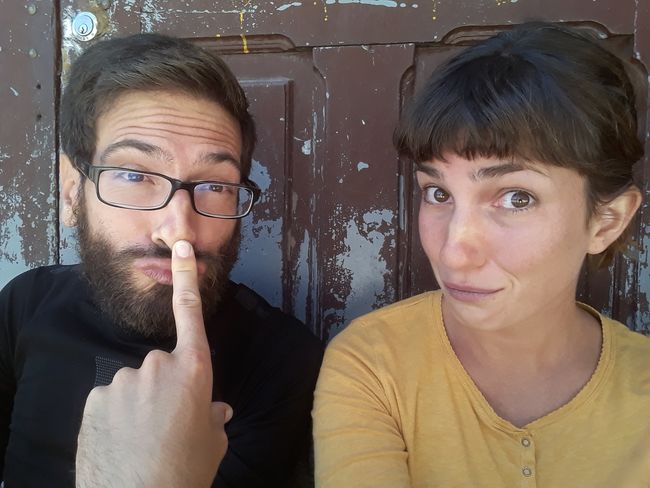
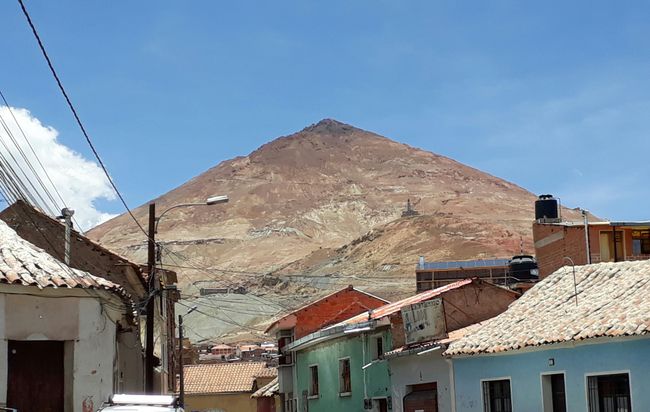
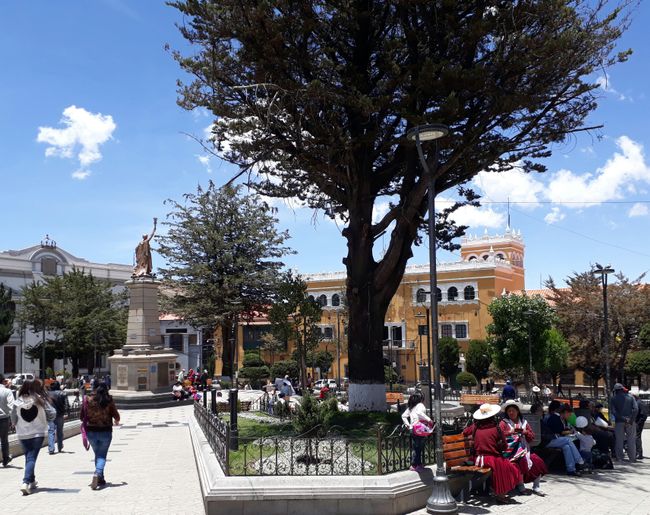
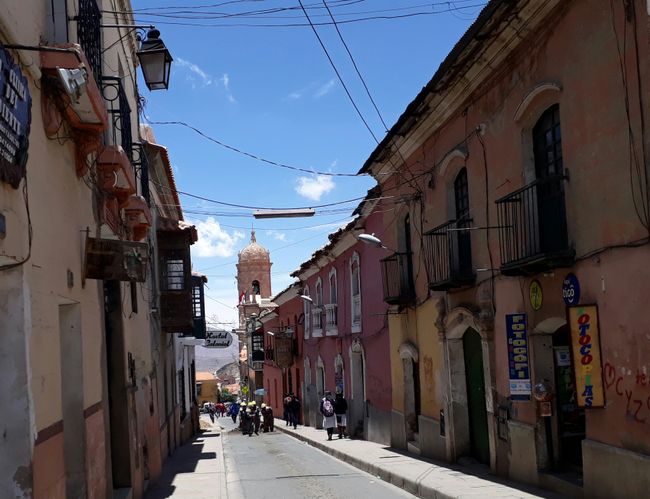
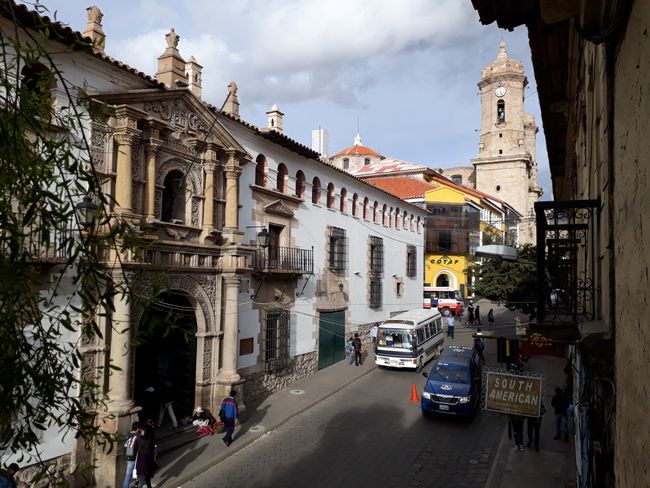
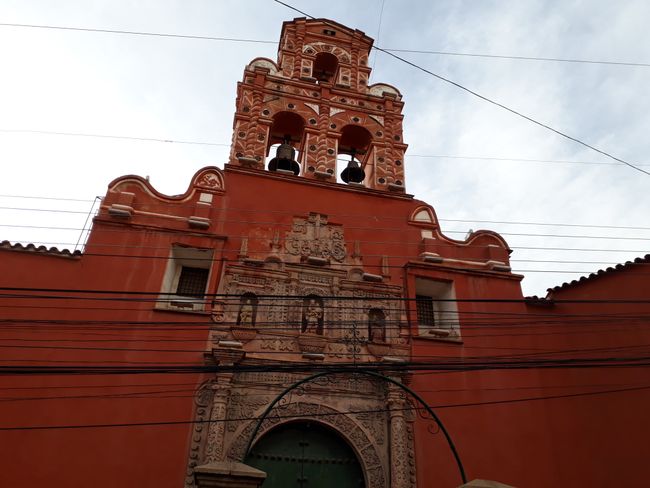
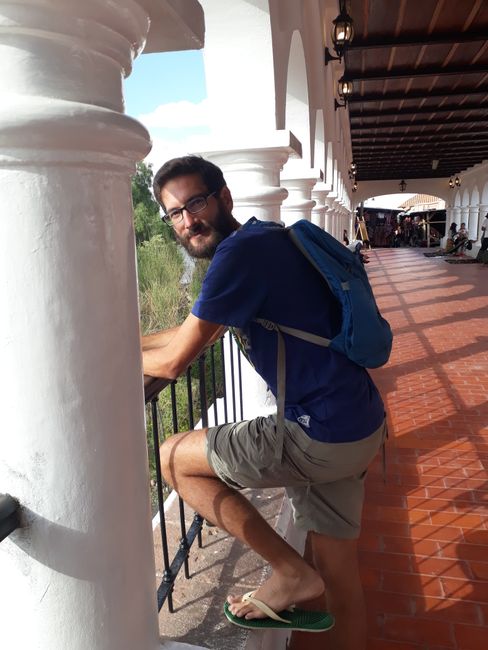
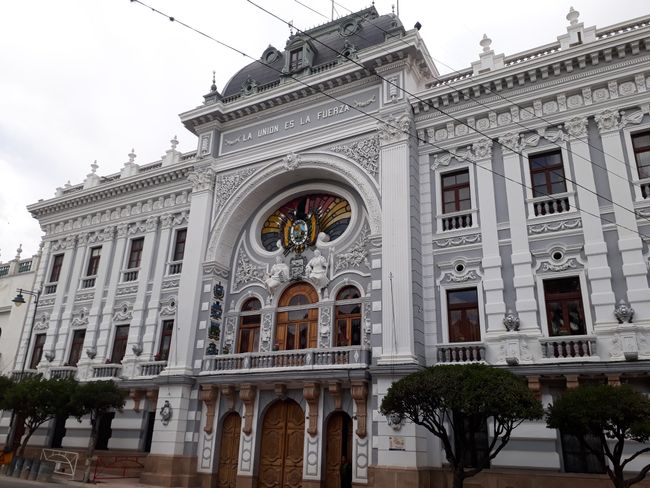
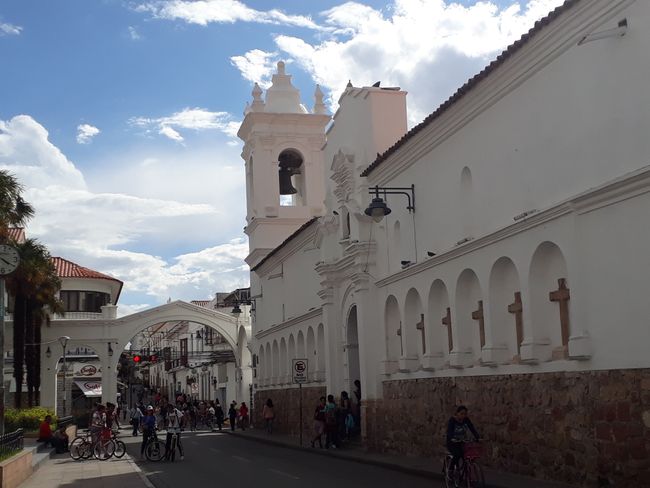
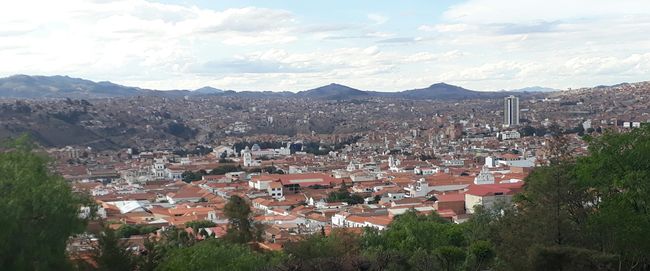
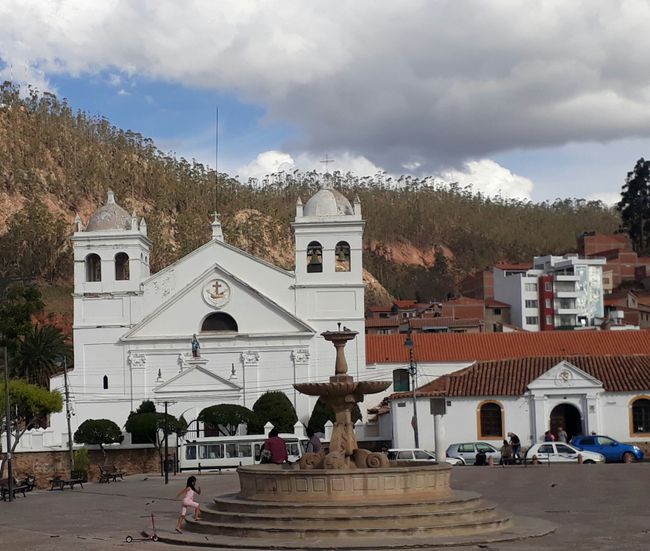
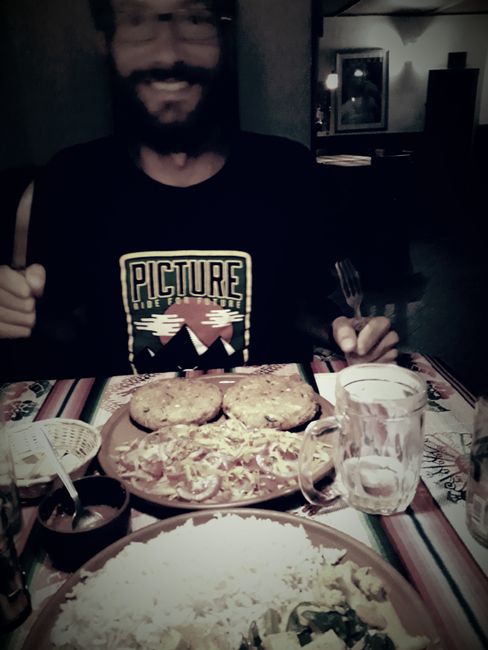
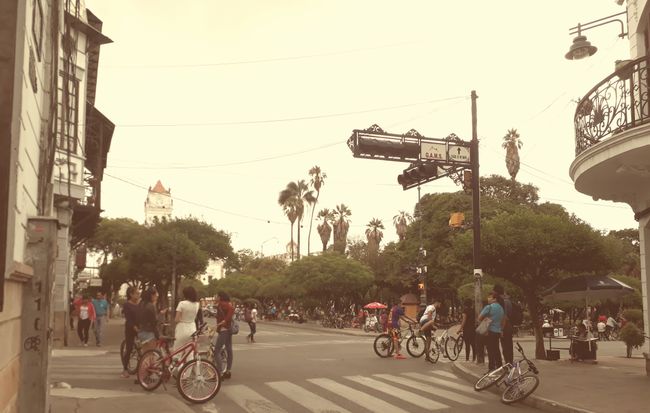
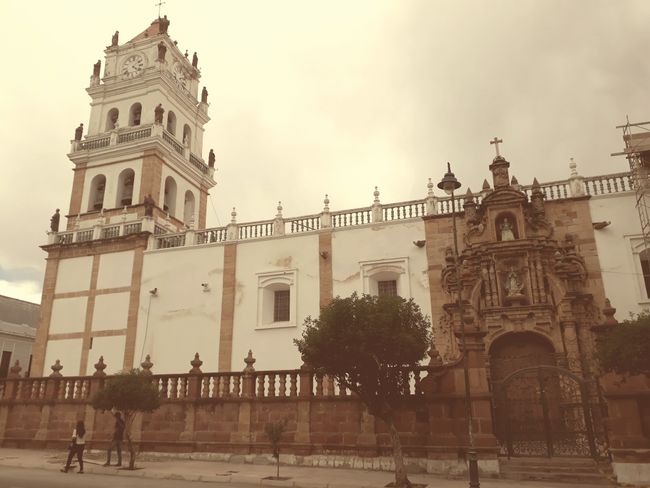
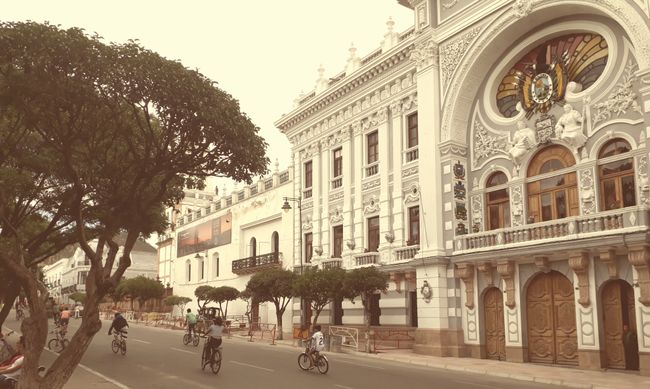
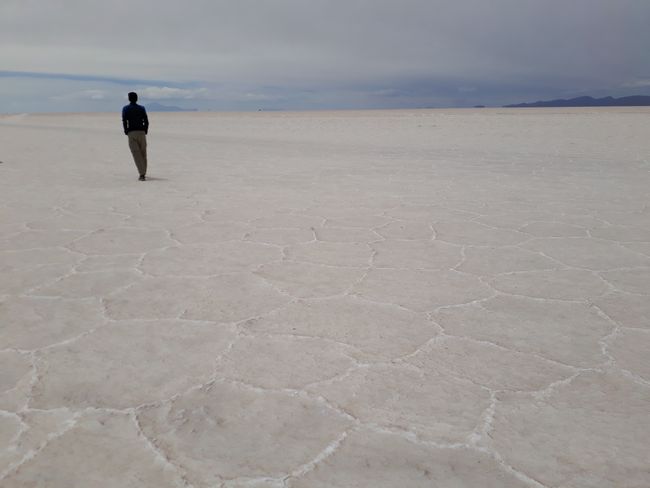
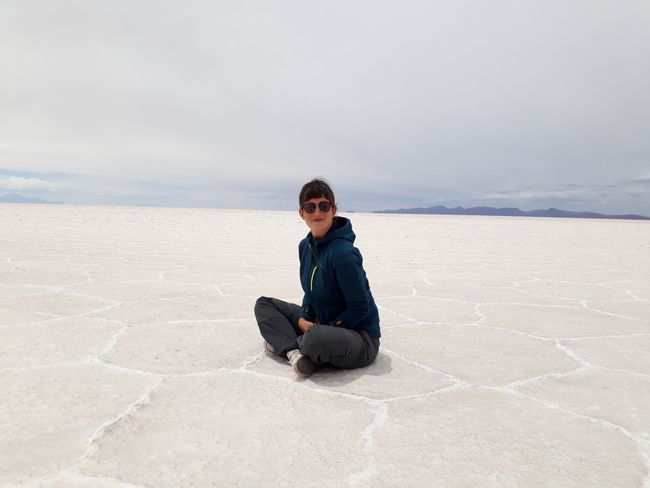
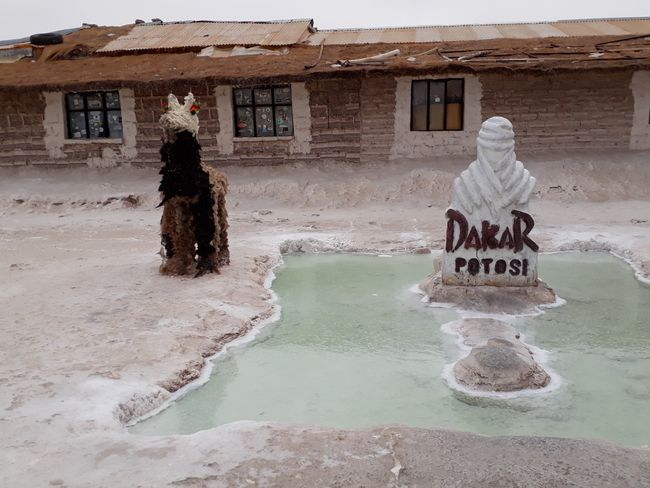
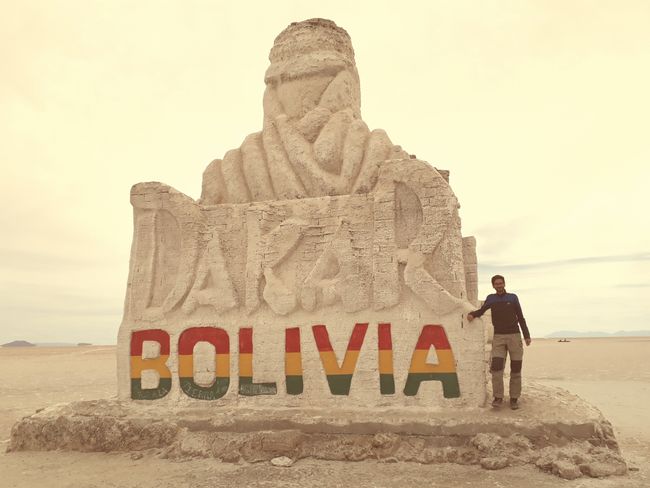
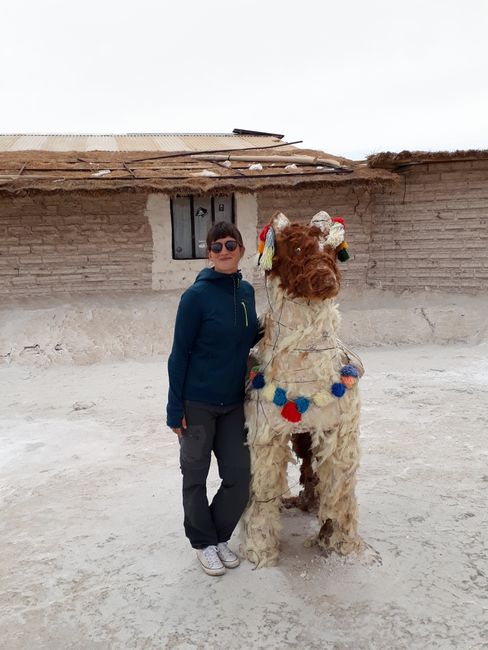
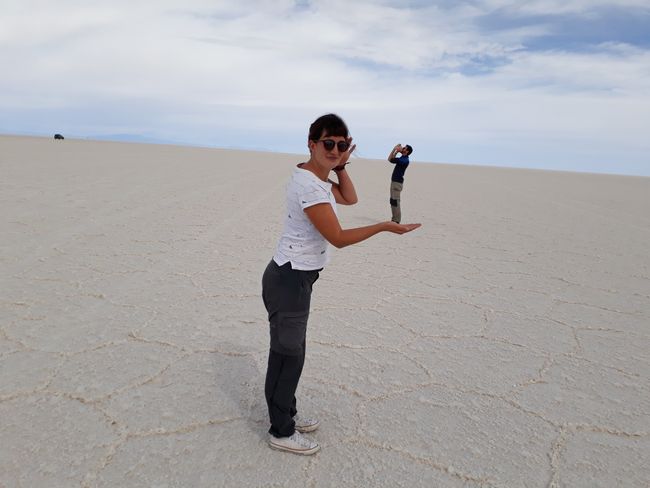
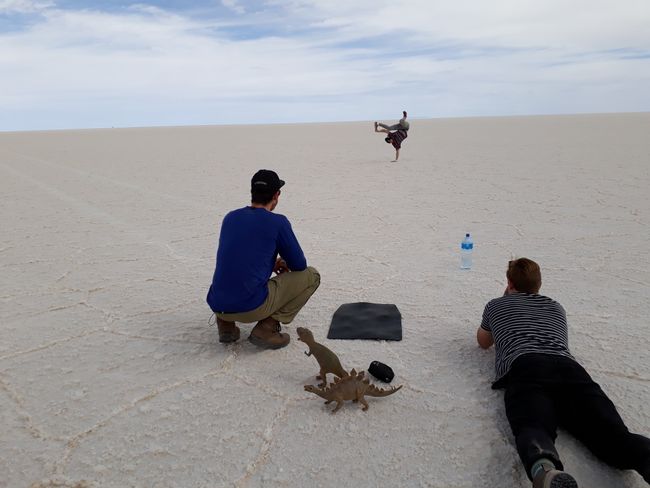
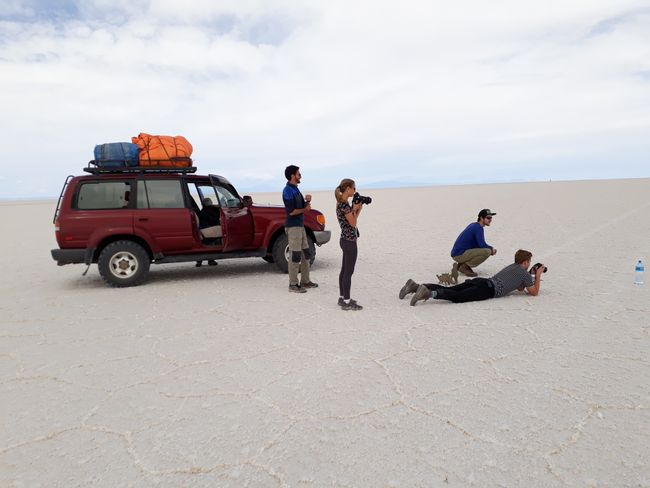
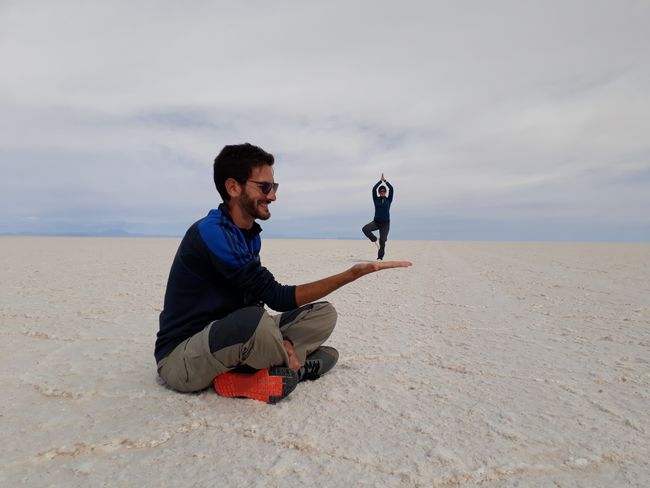
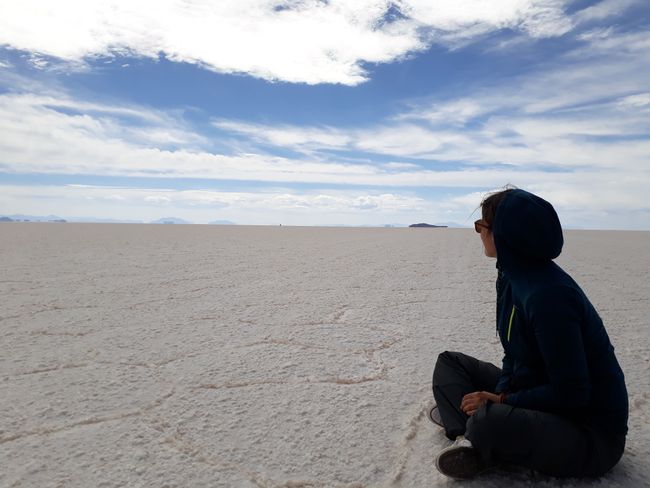
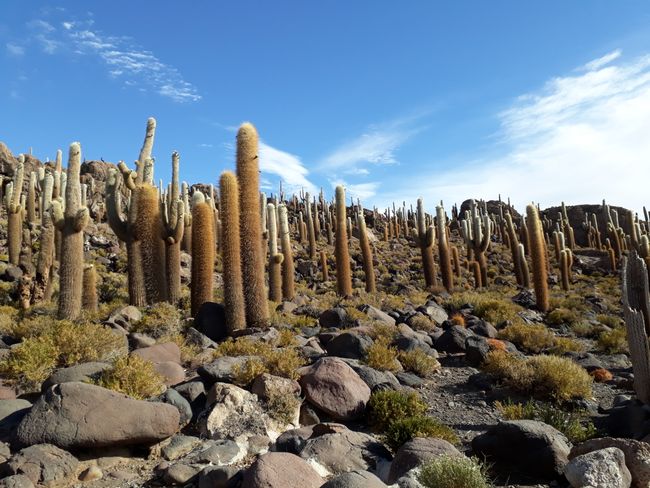
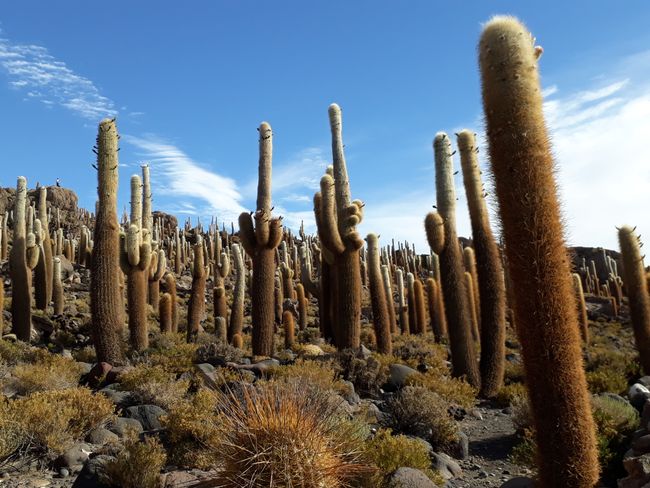
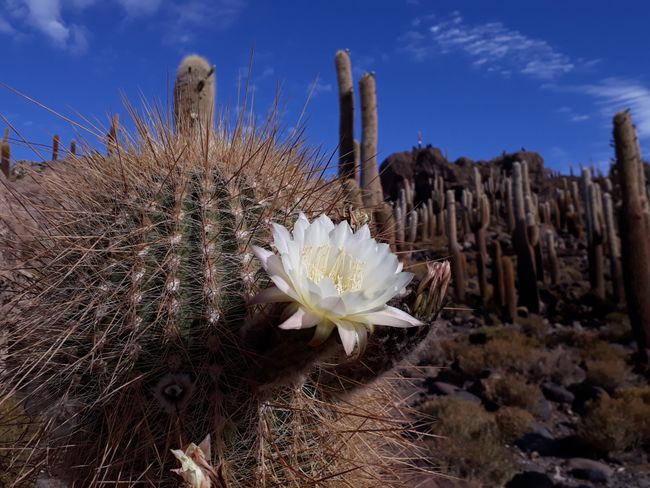
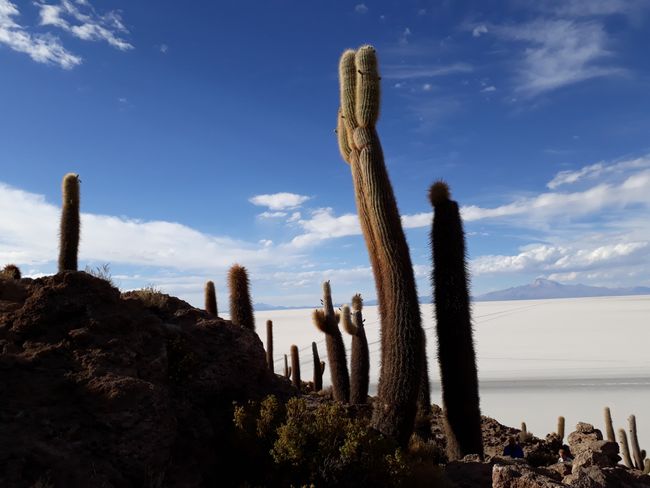
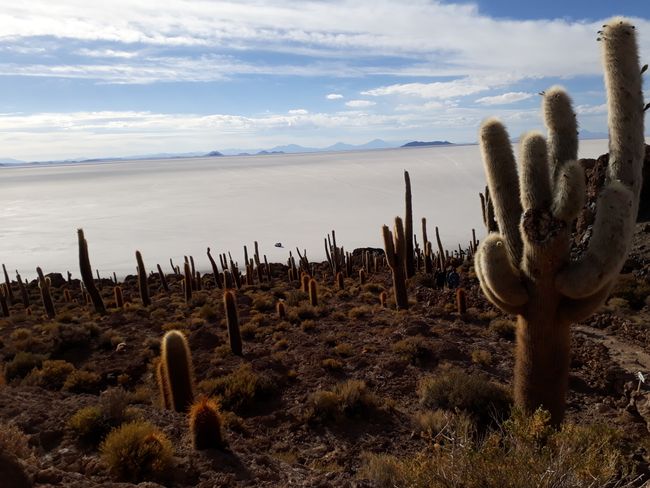
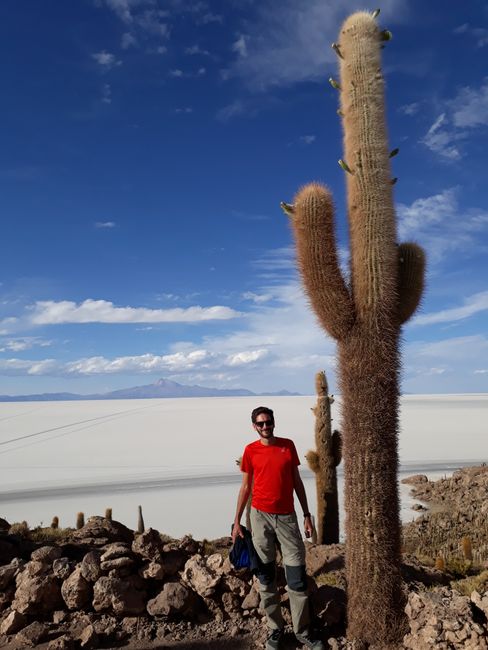
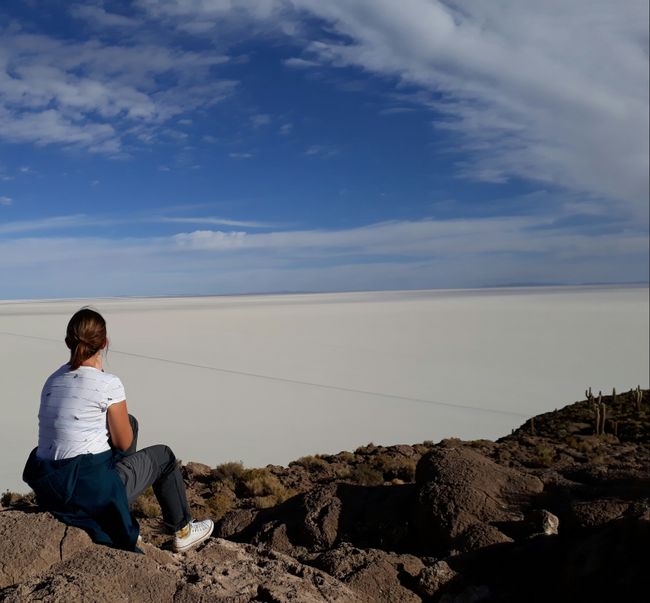
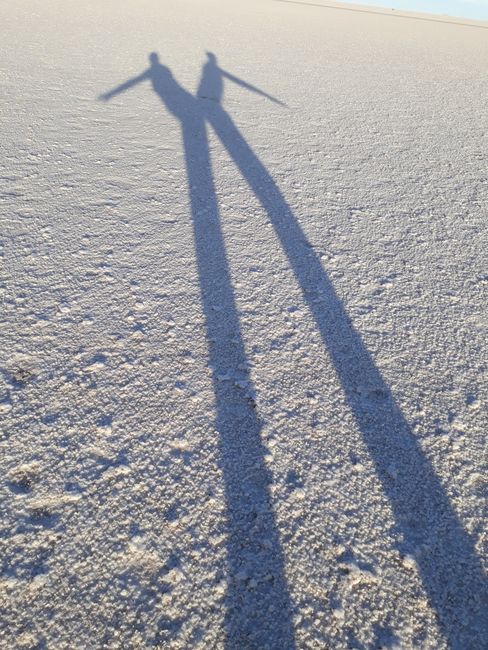
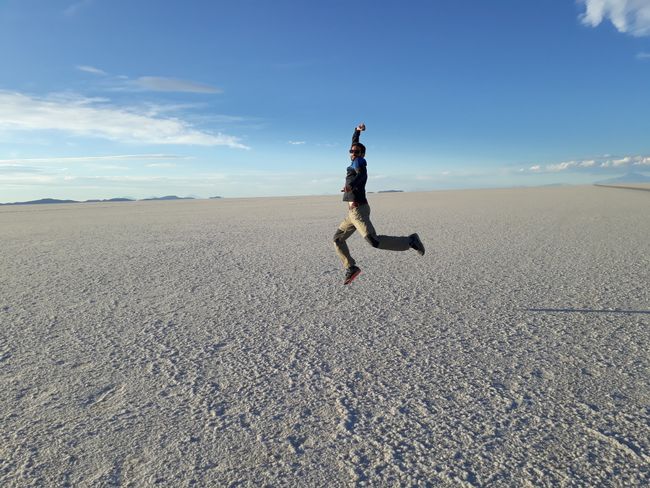
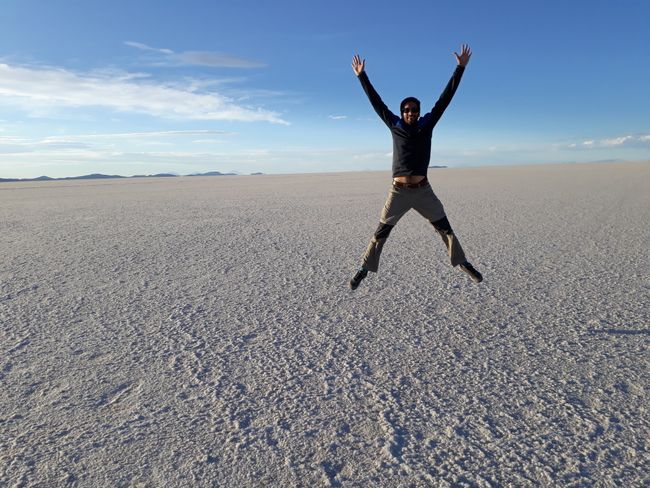
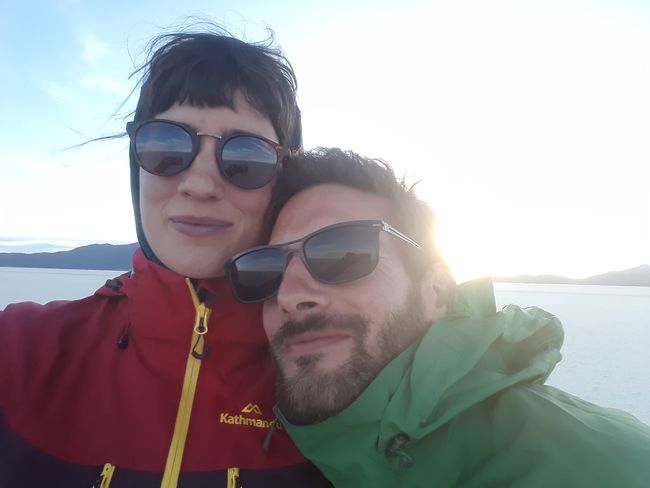
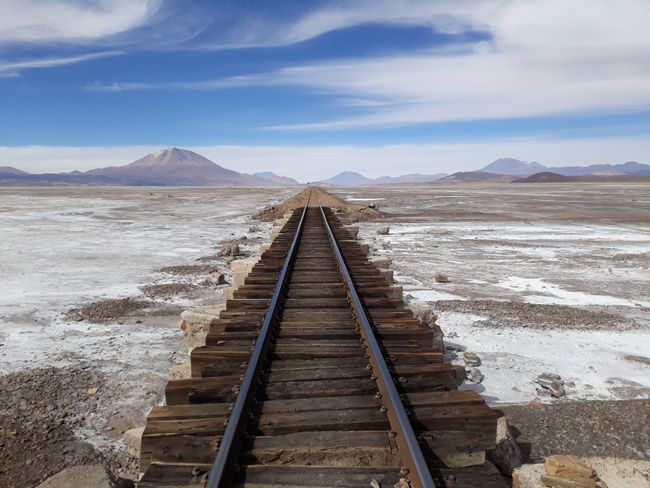
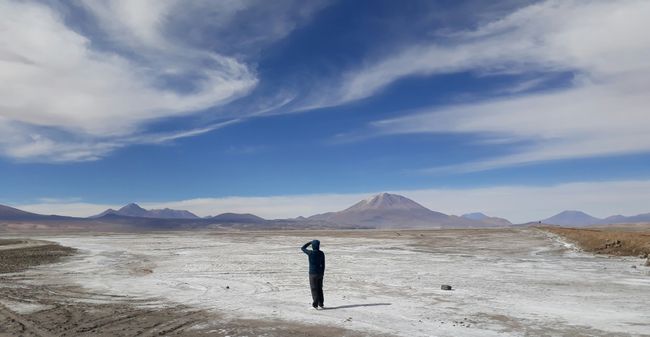
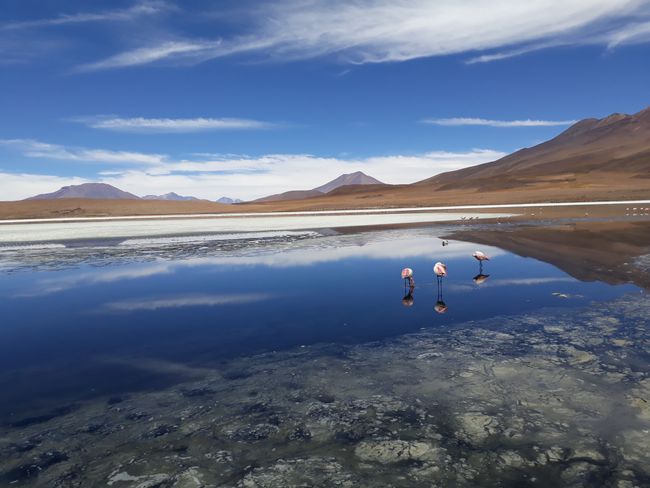
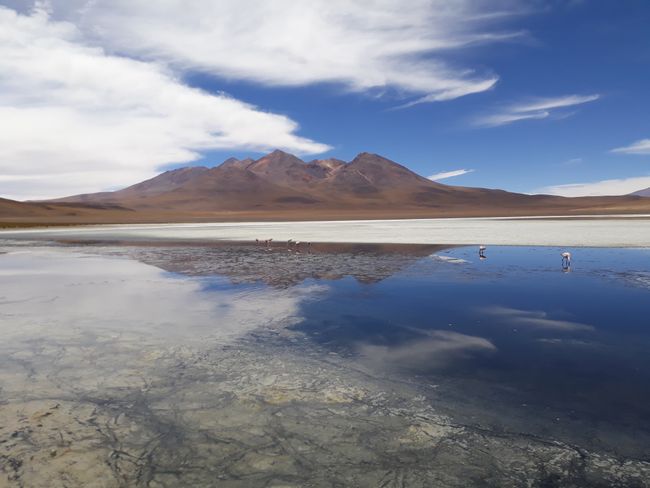
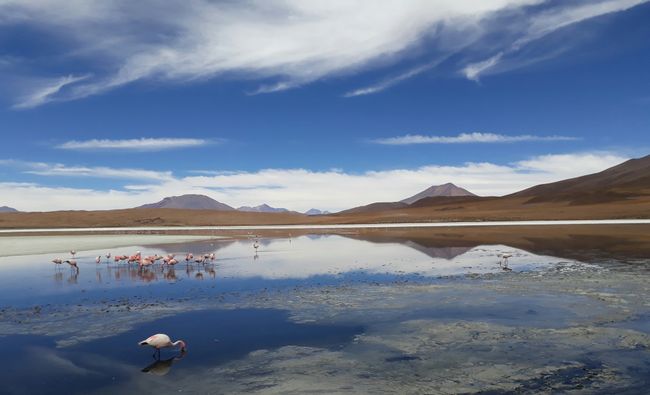
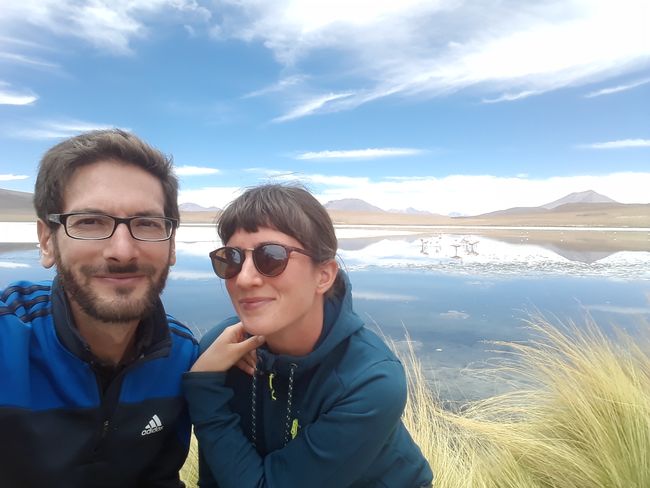
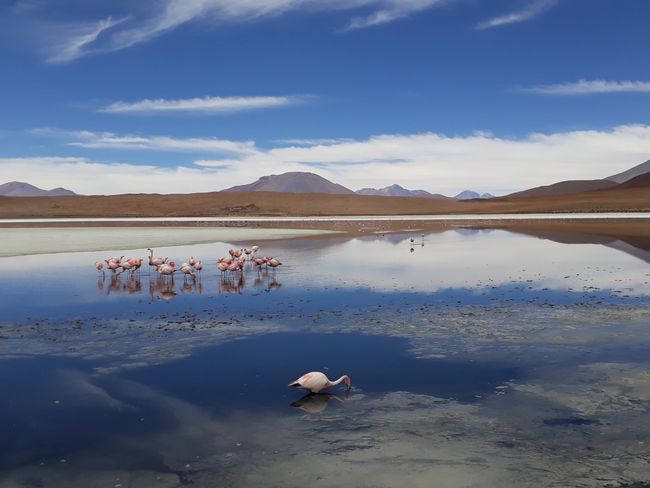
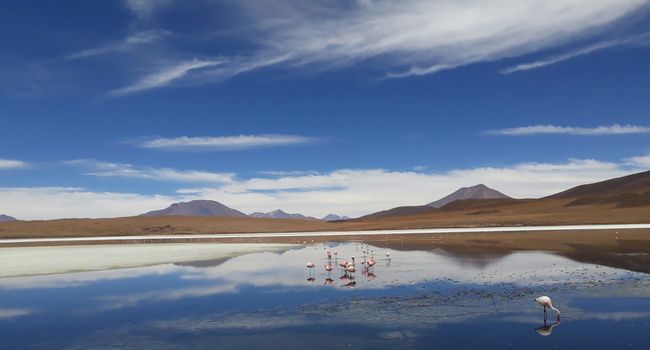
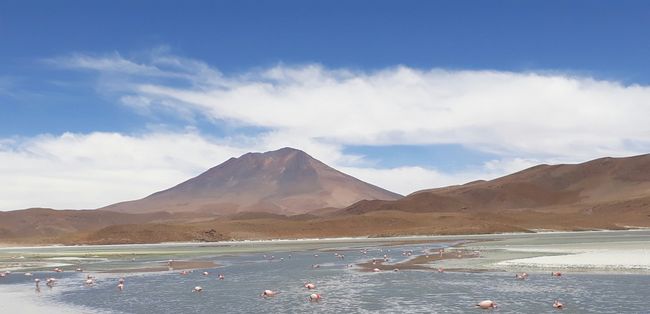
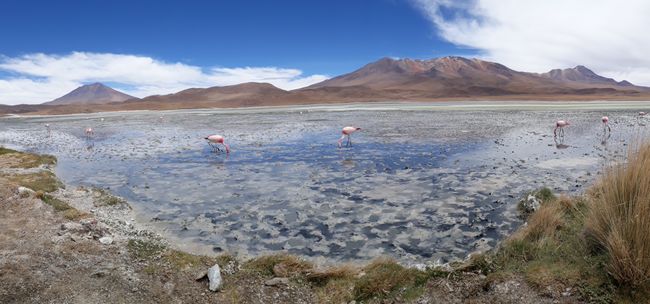
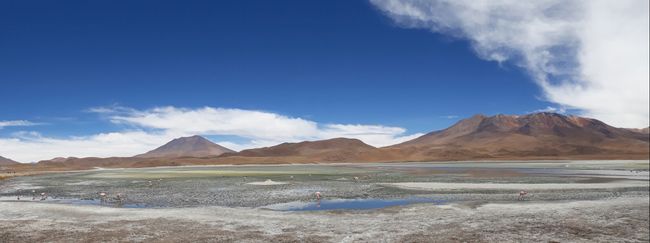
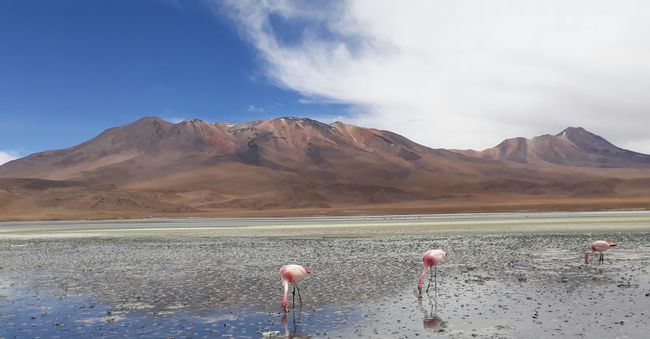
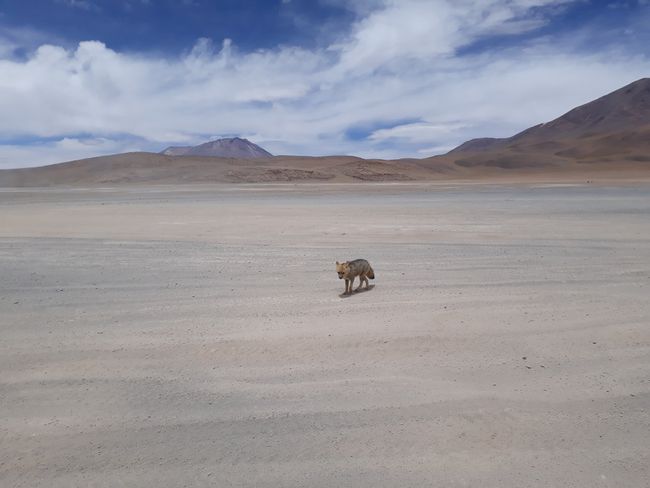
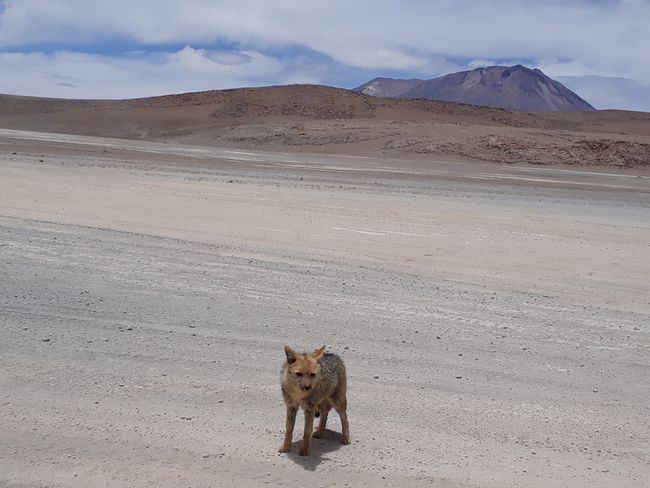
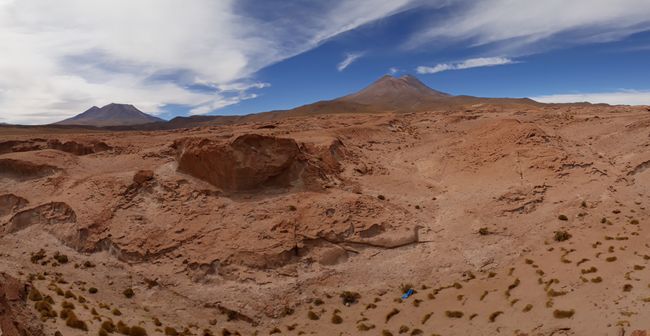
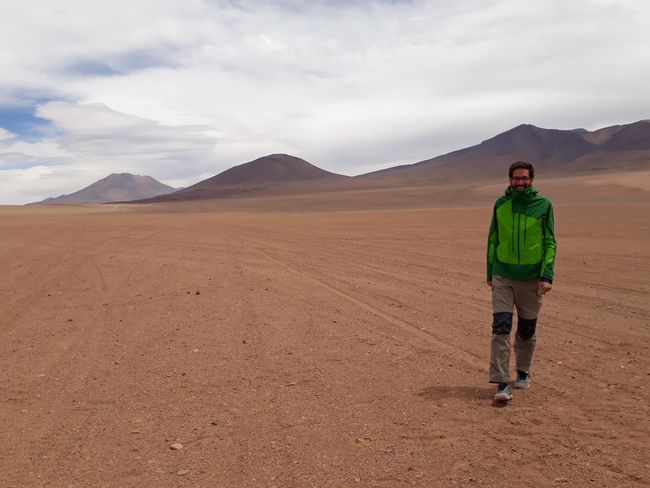
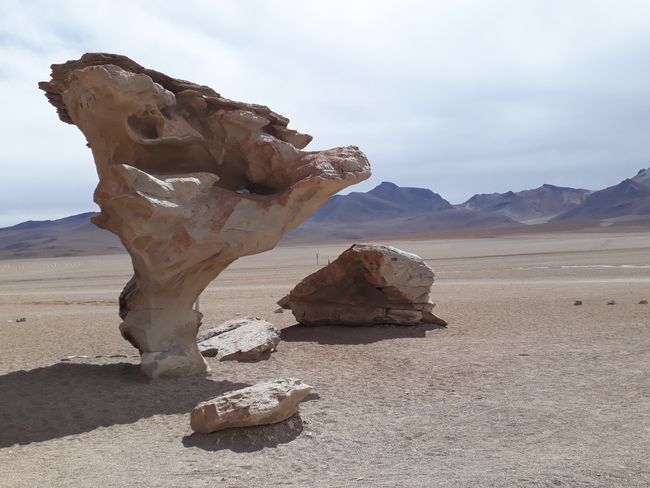
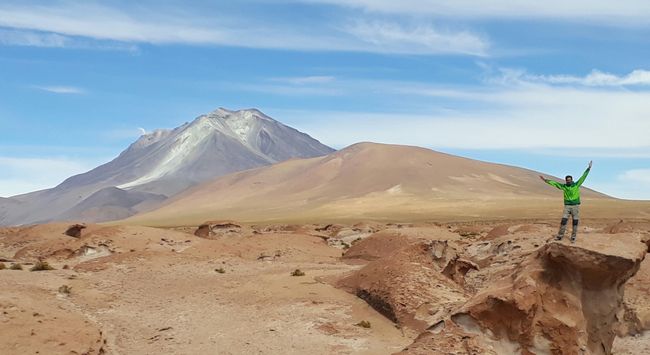

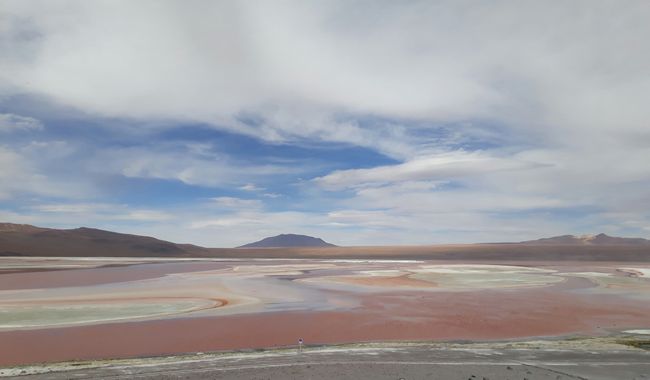
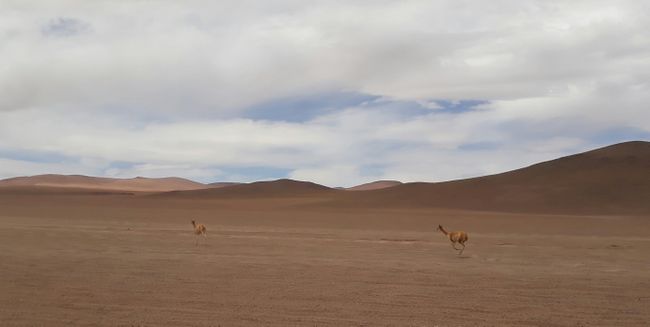
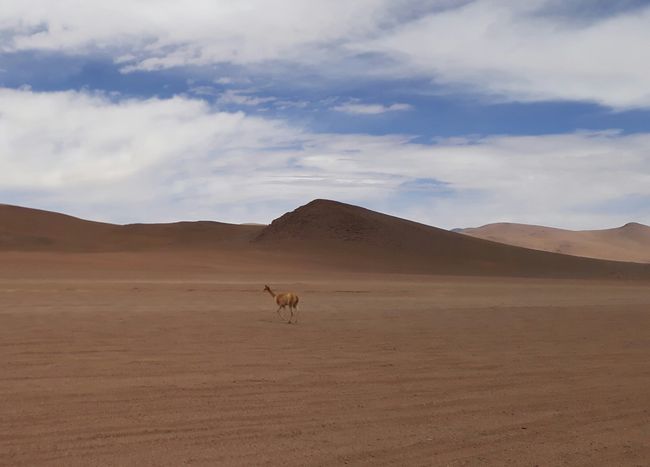

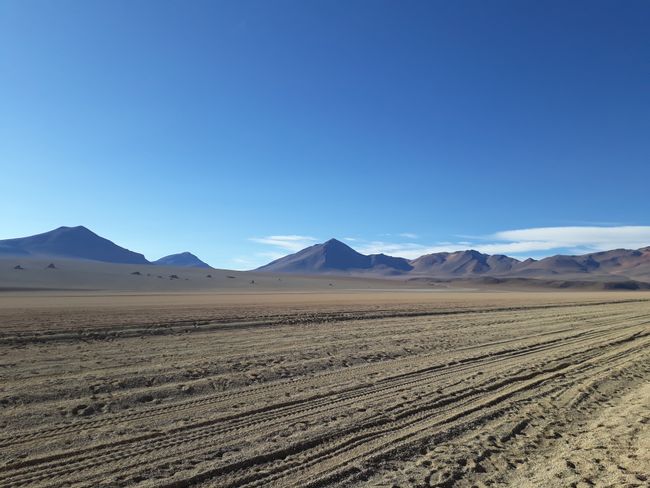


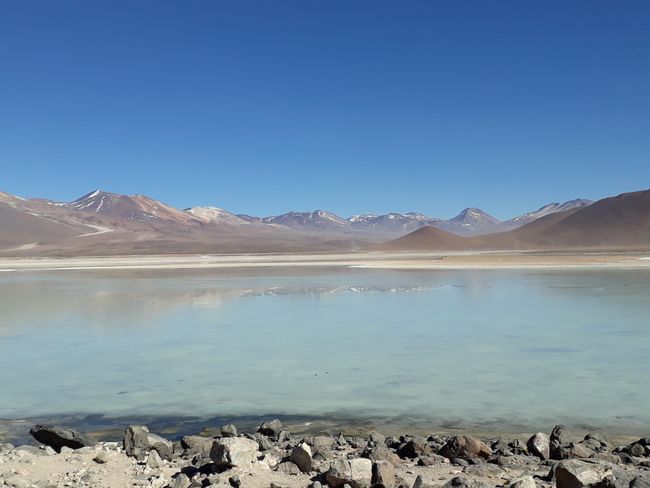

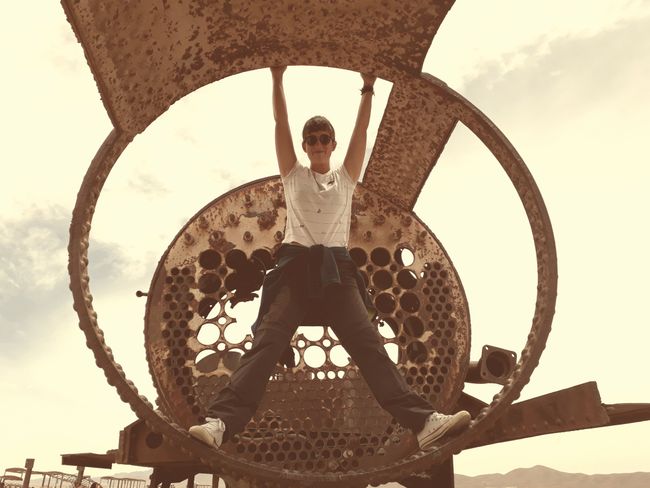
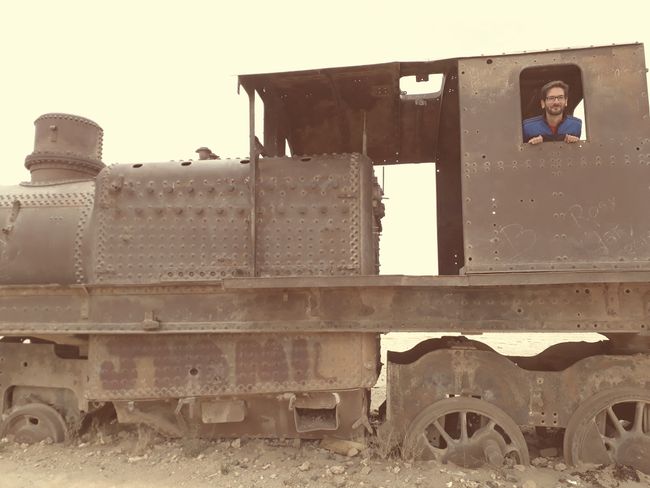
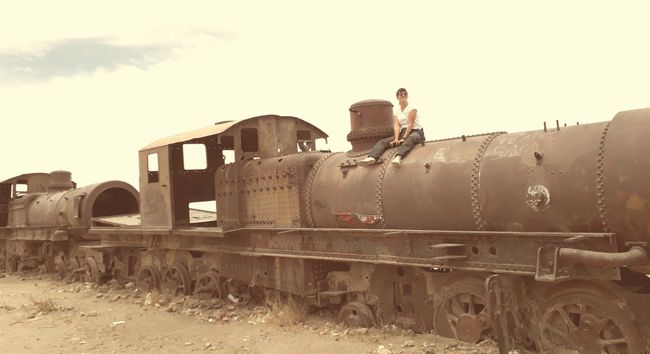
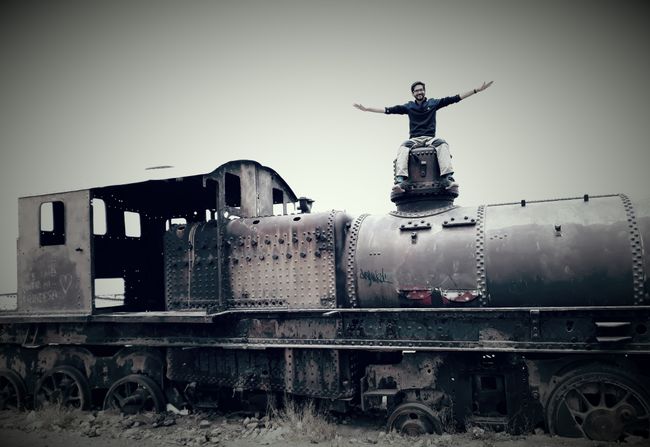
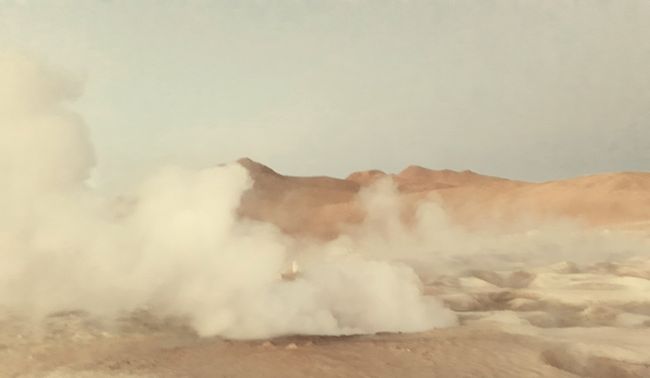
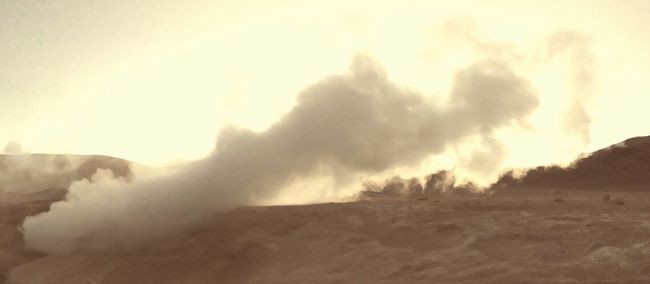
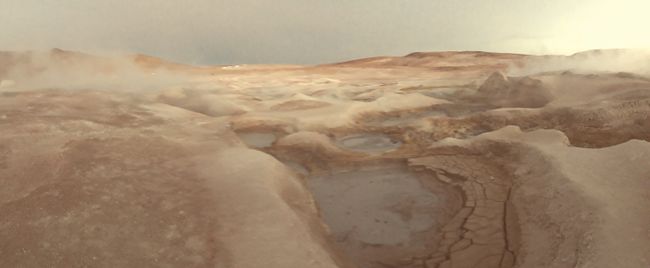
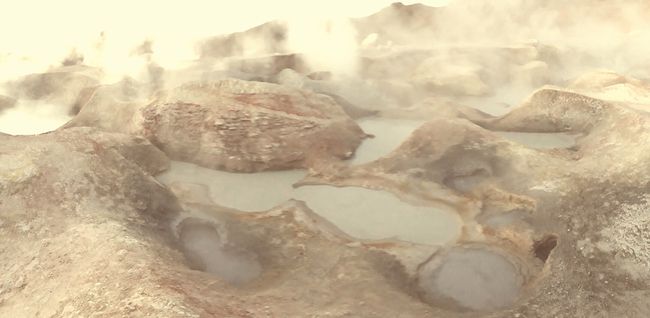

ಸುದ್ದಿಪತ್ರಕ್ಕೆ ಚಂದಾದಾರರಾಗಿ
From La Paz we continue to Potosi, a former important mining town that still retains some of the old splendor and wealth of ancient times. The city is characterized by cerro rico, a mountain that was very rich in silver, gold, zinc, etc. and still is. There are also currently mines here that can be visited. However, we are not particularly interested in that, so we continue to Sucre. The Bolivian capital is surprisingly quiet and almost village-like. The whitewashed old town is very chic and rather atypical for Bolivia. However, we really enjoy the fact that on Sundays, due to elections, there is a ban on cars and everyone is walking or cycling with their dogs. It's a beautiful day and we just go with the flow.
In Sucre, we also visit the Museum of Indigenous Art and are surprised by the diversity of textile art. The different patterns, colors, and fabrics reveal a lot about the (ethnic) origin of the mainly women who create these artworks. But men also weave here and create equally beautiful pieces, although much less frequently. Men rarely wear traditional textiles in Bolivia. However, women, even young ones, often do. Their skirts have up to 10 underskirts, which is why they often appear roundish, and here too, the fabric, embellishment, and length of the skirt reveal a lot about age, region, and financial situation. Gold teeth are also very popular among cholitas (indigenous women). Well, back to the museum: some ethnic groups produce highly complex patterns with diabolical fantasy creatures from the underworld, others weave more ritual or everyday situations, and still others use simple stripe patterns. We really liked it, especially since the museum works closely with several Aldeas, supports them, and trains children in weaving, for example.
From Sucre, we continue to Uyuni, from where we take a 3-day tour of the salt flats and some other places. With 4 others (from Australia, Norway, and Germany) and a guide, the journey starts with a Jeep on the first day in the salt flats, which are surrounded by high mountains and are located at an altitude of about 3600 m. We are still in the dry season and see the typical patterns on the ground that are formed by the evaporation of water. The Incahuasi Island is beautiful, with a forest of giant cacti growing on coral remains. Coral in the salt flats? The salt flats are said to have been formed by the collision of two tectonic plates, which resulted in part of the Pacific Ocean being raised and becoming 3 large salt lakes. Over time, these lakes dried up and voilà: salt flats. Salt everywhere. It is also extracted on a large scale. On the first night, we sleep in accommodation made entirely of salt blocks.
On the second day, we drive through other deserts, including Siloli, and see various salty lagoons that are rich in minerals and therefore have different colors. Many flamingos live here, and we also see 2 little desert foxes and many vicuñas, which are the wild form of domesticated alpacas. Numerous volcanoes stand in this area, as well as various geological formations that are mainly shaped by strong winds.
On the last day, we visit some geysers and a natural thermal pool, which is very refreshing in the quite cold temperatures up here!
So, the area is incredibly beautiful and truly unique. However, we didn't enjoy the jeep tour as much because we felt restricted and couldn't do as we wished. And the time was always limited, with only 20 minutes for an incredibly stunning place that we were seeing for the first time, which was simply not enough. On top of that, the area is extremely crowded. And it didn't help that our guide was unfriendly and didn't make an effort to create a good group atmosphere. Thankfully, the other 4 people in the group were very nice. Well... we've had enough of tours for now 😁 but without a private vehicle, we had no other choice. No tour, no salt flats, and that would have been a shame too.
Now we have arrived in the last country of our trip 😊 we are in San Pedro de Atacama and relaxing 😚
Before starting our tour of the Uyuni Salt Flats, we decided to spend some time between the cities of Potosi and Sucre, with Sucre being the constitutional capital of Bolivia. The city of Potosi is still a mining city, and minerals such as tin, zinc, and silver are still being extracted. It still retains some of its former splendor when it was a major silver source after colonization. Its center has many houses and palaces that remind us that it was once an important city. But the most representative feature of the city is the so-called Cerro Rico, the mountain from which the silver was extracted. There are tourism agencies everywhere offering tours to the mines, but we didn't feel like doing it and decided to continue to Sucre.
Sucre has a beautiful historic center, all painted white. Also, since there were elections on Sunday, motor traffic was banned, and we were able to freely walk around the center. The atmosphere was very nice that day: everyone was out for a walk, either on foot, by bike, or with their pets. We also visited the Museum of Indigenous Arts, where they display the different textiles made by the different communities or ethnic groups that inhabit the country. For example, there are communities that show fantastic beings from the underworld, such as devils or mythological creatures, in their weavings. Others focus more on depicting everyday scenes or symbols, while others only use simple striped patterns.
After visiting these cities, we arrived in Uyuni, where we will take a tour to visit the salt flats and the Siloli Desert, among other things. It will be a three-day and two-night tour in a jeep with four other people and a guide, and we will reach San Pedro de Atacama in Chile. The route offers incredible landscapes, starting with the Uyuni salt flats themselves, a white carpet of salt surrounded by mountains where the reflection of light creates mirages. One stop within the salt flats is Incahuasi Island, where there is a forest of giant cacti on a bed of stones formed from corals that once existed in the Pacific Ocean. The salt flats were formed by the collision of two tectonic plates, which raised a portion of the Pacific Ocean, creating three giant lakes. Over time, the water disappeared and the salt flats were formed. We spent the first night in a hotel constructed with salt blocks.
The journey continues through the desert, visiting lagoons that contain different minerals, resulting in various colors. Many flamingos feed on the plankton that grows in the lagoons. There are volcanoes and unique geological formations that have been eroded by the wind.
On the last day, we woke up early to see geysers and fumaroles, and then we headed to some thermal pools where we took a bath.
I really liked the experience because of the landscapes, but I didn't enjoy the fast pace of visiting so many things in such a short time. It became quite tiresome to constantly get in and out of the jeep and only have about 20 minutes to enjoy unique environments. It also didn't help that we had a guide/driver who was a bit grumpy and unfriendly and made no effort to make the group feel good. Luckily, the rest of the travel companions were very nice.
In summary, it was a very cool experience for me because it offers unique landscapes, but the rush to visit so many things in such a short time made the experience a bit tedious.
And now we are in Chile! The last country of this trip!
ಸುದ್ದಿಪತ್ರಕ್ಕೆ ಚಂದಾದಾರರಾಗಿ
ಉತ್ತರ

ಪ್ರಯಾಣ ವರದಿಗಳು ಬೊಲಿವಿಯಾ
